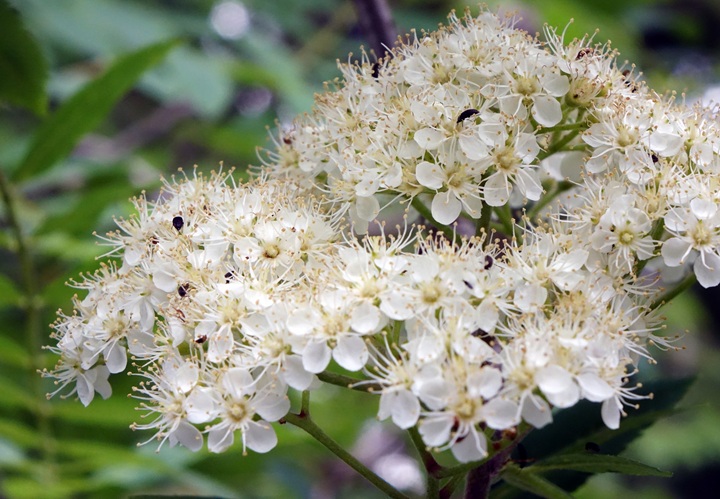Our new study, published in Oikos, shows how flexible pollinator communities sustain reproduction in the mast-seeding tree Sorbus aucuparia. Despite large year-to-year swings in flowering intensity, pollination efficiency remained high, driven by dynamic shifts in pollinator composition. Bumblebees dominated during abundant flowering, while solitary bees became proportionally more important when flowers were scarce. These results reveal that pollinator life histories and network flexibility buffer animal-pollinated trees from pollination failure, helping explain why strong masting can evolve even in insect-pollinated species.
👉 Read the paper in Oikos.
Oikos: masting and insect pollination

